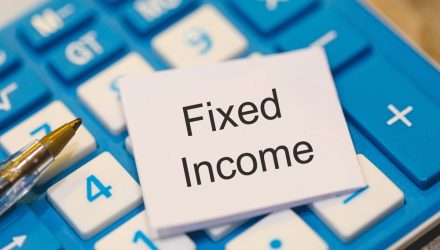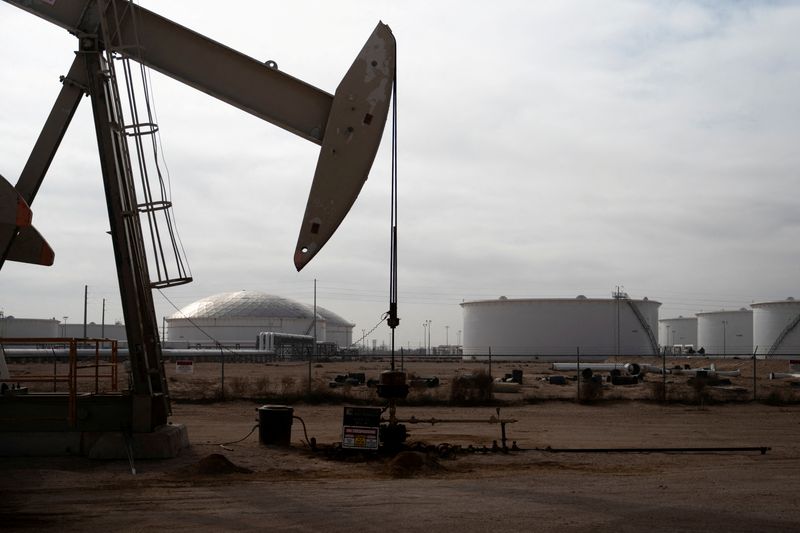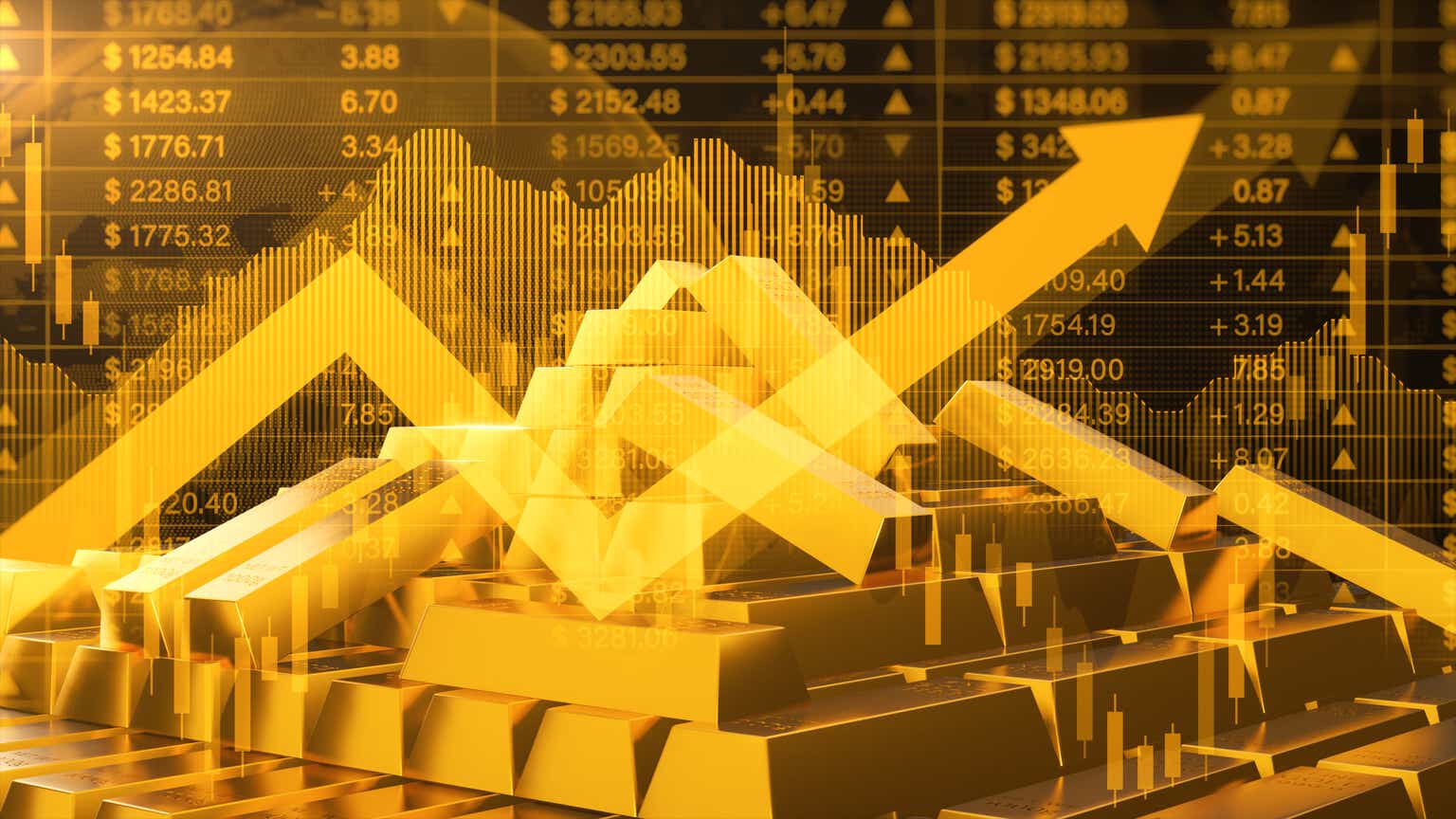Morgan Stanley reveals mid-year recession, interest rate cut forecast
Here's what the major Wall Street firm thinks happens to the US economy next.
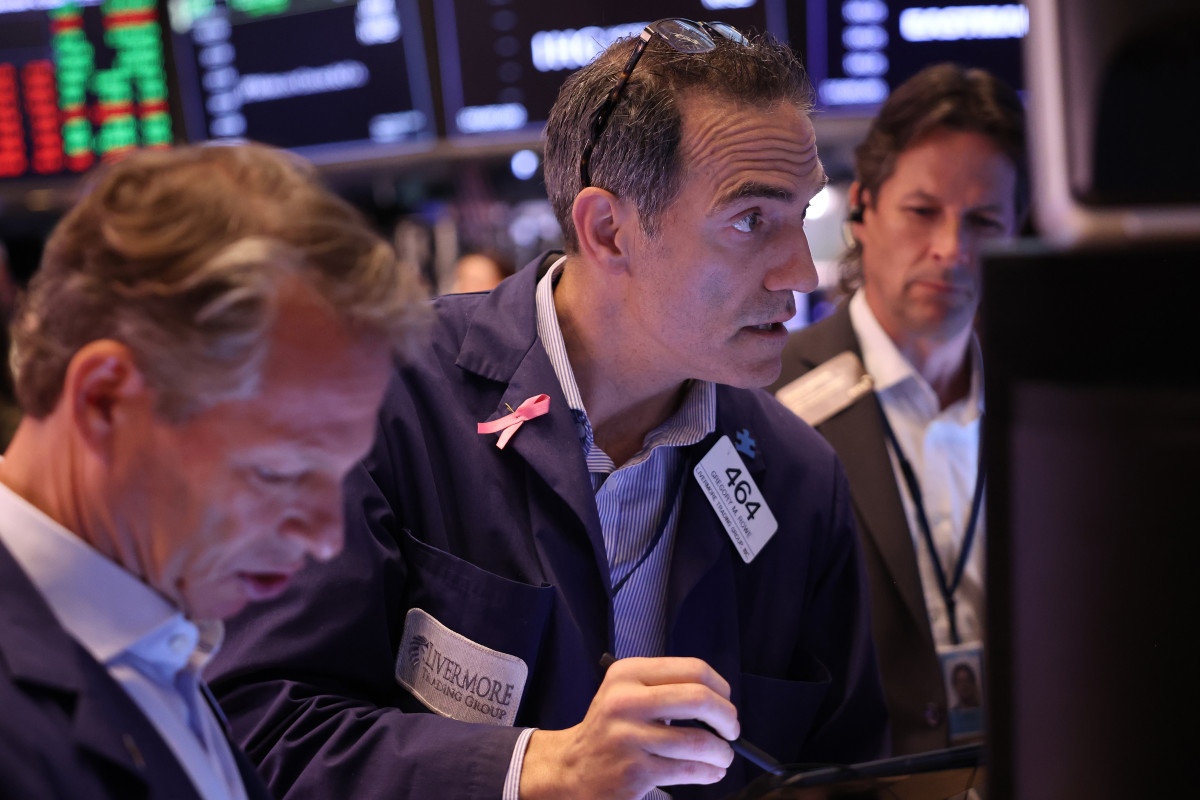
This year has been tough.
After back-to-back 20%-plus returns for the S&P 500 in 2023 and 2024, concerns about stagflation and recession and the tariff debate have whipsawed the stock market.
After the S&P 500 reached an all-time high in mid-February, growing worry that a slowing economy would dent sales and profits plus renewed inflation fear due to newly imposed tariffs sent the benchmark tumbling 19%, just shy of bear-market territory.
Related: Jim Cramer sends blunt message on US debt risk to stocks
The selloff was so fast and steep that most stocks became oversold, providing tinder for a major relief rally ignited when President Donald Trump temporarily paused many of his reciprocal tariffs.
The index has since climbed nearly 20%, erasing much of the losses since February and lifting it into the black year-to-date.
Regardless, the seismic pops and drops have taken a toll on investors' psyches, and despite the recent gains, economic worries persist.
The jobs market has weakened over the past year, economic activity has slowed, and tariffs will likely remain in place, pressuring inflation and potentially backing the Federal Reserve into a corner.
The backdrop has many on Wall Street, including Morgan Stanley, updating their forecasts. The major investment firm recently released a midyear update that includes economic targets and shatters hopes for more Federal Reserve interest rate cuts this year.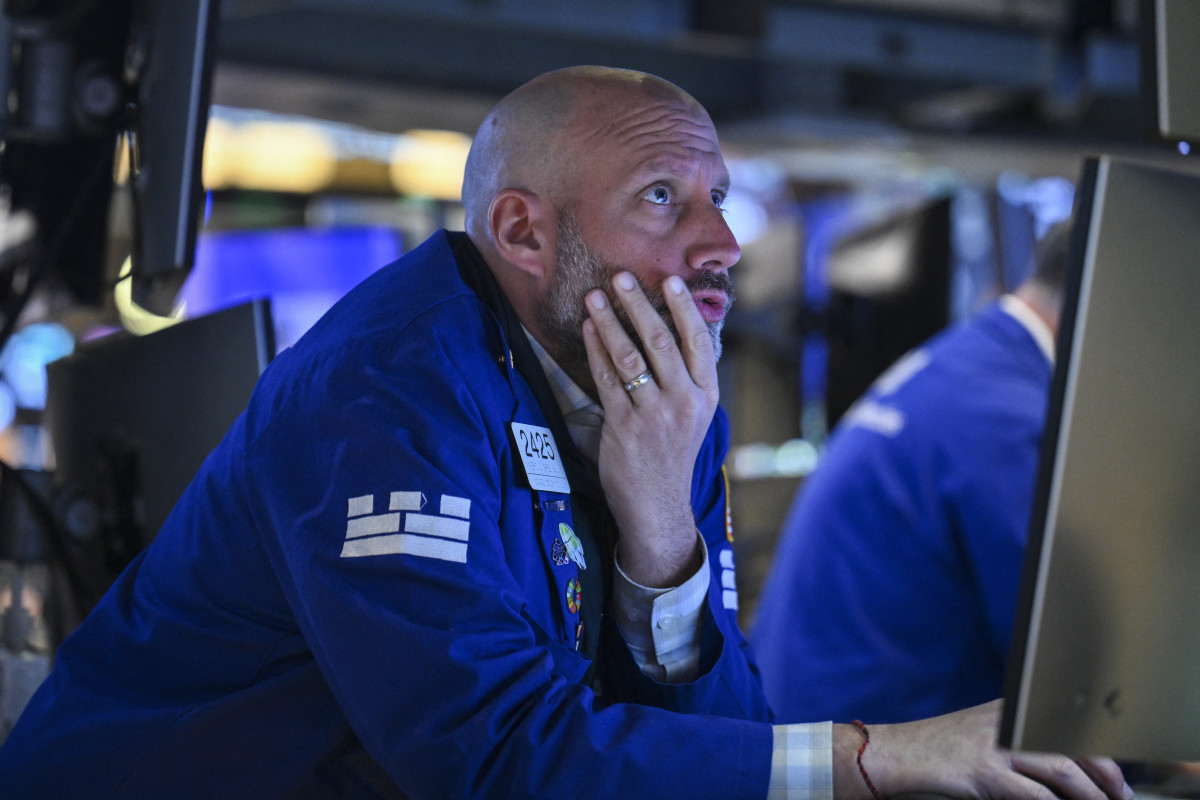
The US economy is stumbling, and the Fed risks being behind the curve
Federal Reserve Chairman Jerome Powell is earning his pay this year.
The Fed's dual mandate is low inflation and unemployment, two often competing goals. This year the tug-of-war between the two makes setting rates to encourage employment and discourage inflation particularly tough.
Inflation has fallen markedly since it peaked above 8% in mid-2022. Still, progress has slowed and inflation remains above the Fed's 2% target. In April, the Consumer Price Index showed inflation at 2.3%, nearly matching levels seen in September.
Related: Billionaire Ray Dalio has strong reaction to US debt rating cut
Meanwhile, the job market isn't nearly as strong as it was a year or two ago.
Unemployment of 4.2% is historically low, but it's up from 3.4% in 2023. Meanwhile, in March 901,000 fewer jobs went unfilled compared with a year earlier, according to the Job Openings and Labor Turnover Survey, the Bureau of Labor Statistics' Jolts report. Layoffs are also on the rise, climbing above 602,000 workers this year, up 87% from a year earlier.
The cracks reflect a slowing in overall economic activity that's taking a toll on consumer confidence.
First-quarter gross domestic product contracted 0.3%, well below the 3% growth witnessed last summer. The University of Michigan's Consumer Confidence Survey fell sharply to 50.8 in May, down 27% from one year ago. Americans now expect year-ahead inflation to be 7.3%, up from 6.5% last month.
The risk of more job losses and inflation reasserting itself because of tariffs, including a 30% tariff on China, 25% tariffs on Canada, Mexico and autos, and a 10% baseline tariff, has tied the Fed's hands.
If it cuts rates, as was widely expected earlier this year, it risks fanning inflationary flames. Raising rates might slow inflation but could force us into a recession.
Morgan Stanley revamps its Fed interest-rate, recession forecast
Reading the tea leaves isn't easy this year, but that's not stopping Wall Street from trying.
Morgan Stanley, one of the largest investment banks, recently released a midyear update to its outlook for Fed interest-rate cuts and the US economy. The forecast won't win many fans hoping for lower mortgage rates or looking for new jobs.
Chief US Economist Michael Gapen correctly targeted slower growth and stickier inflation entering 2025. Now, he says that the effective tariff rate of 13% will remain, pressuring the economy while avoiding a recession.
Unfortunately, Gapen hasn't seen any real help from the Fed this year. He says the Fed will delay additional interest rate cuts "into 2026."
More Experts
- Treasury Secretary delivers optimistic message on trade war progress
- Shark Tank's O'Leary sends strong message on economy
- Buffett's Berkshire has crucial advice for first-time homebuyers
As for GDP, Morgan Stanley's growth target is tepid.
According to a note sent to clients, Gapen "expects real GDP growth of 1% in 2025 and 2026 (Q4/Q4), with inflation peaking in 3Q25, finishing this year between 3% and 3.5%, and the unemployment rate rising gradually to 4.8% by the end of 2026."
Higher unemployment and inflation above current levels aren't necessarily good news for investors hoping for revenue and profit growth tailwinds.
Gapen does say, however, that the Fed will be forced to respond to the weaker economy next year, cutting "more deeply than markets currently project to a target range for the Federal Funds Rate of 2.5%-2.75% by end-2026." Currently, the Federal Funds Rate is 4.25% to 4.5%.
Overall, his outlook means the US debt situation is worsening.
He projects the deficit will climb to 7.1% of GDP from 6.3% in 2025, an "increase of $310 billion year on year."
Related: Secretary Bessent sends message on Walmart price increases due to tariffs





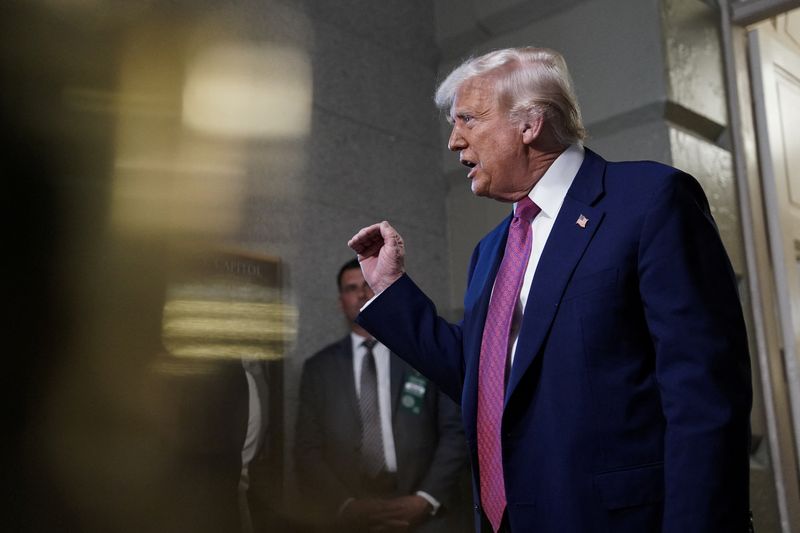
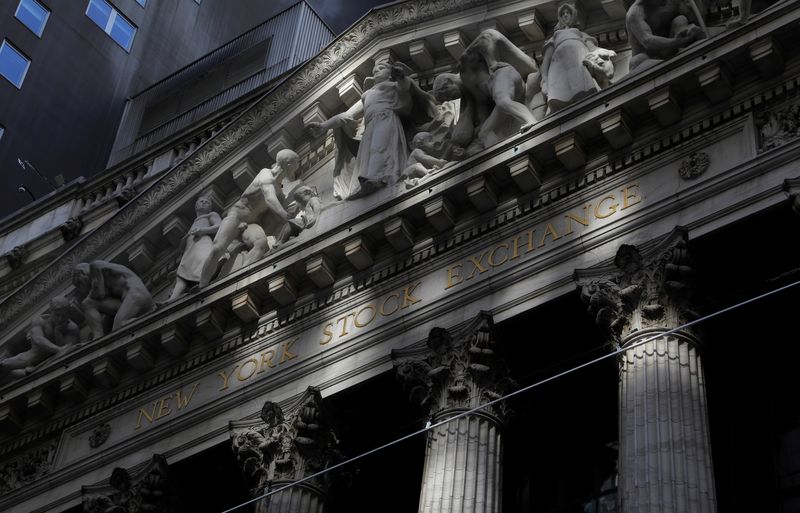















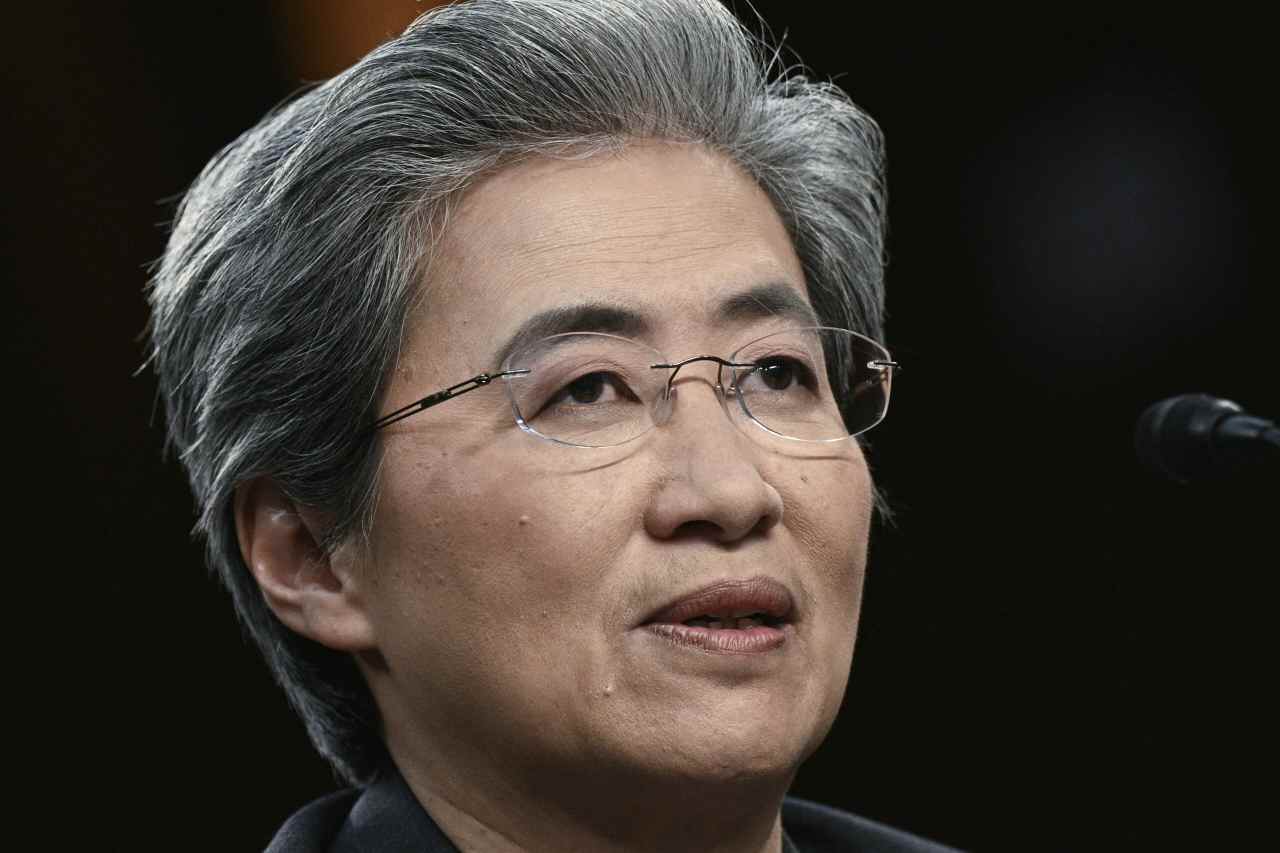


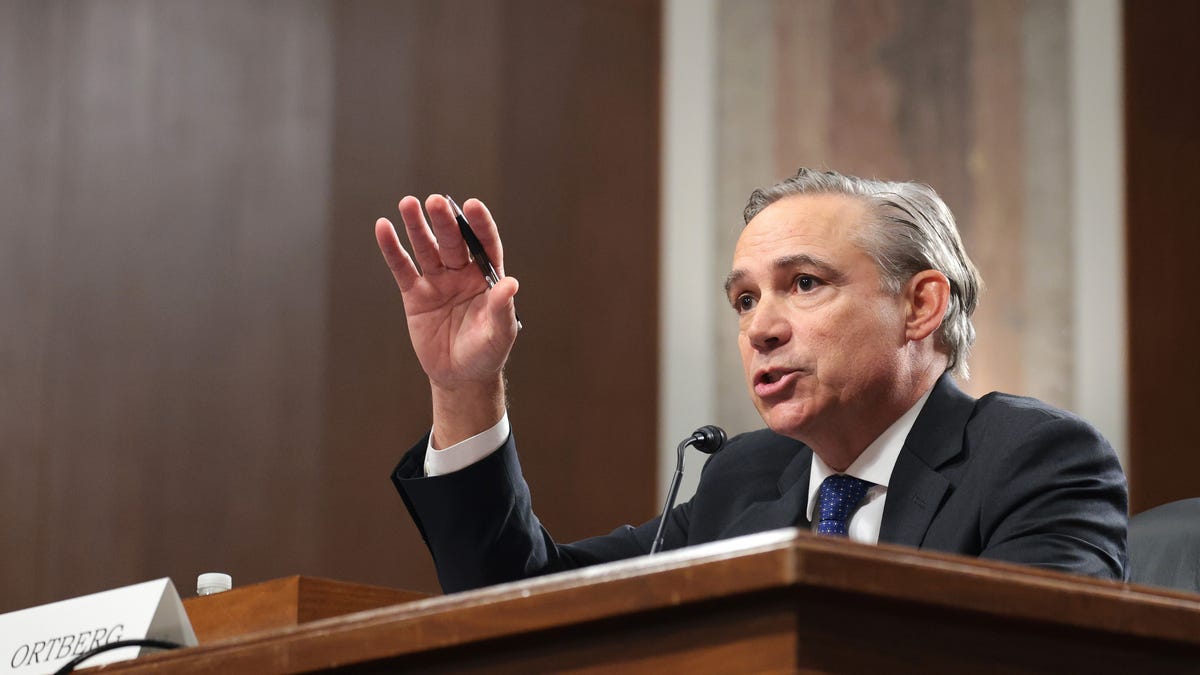









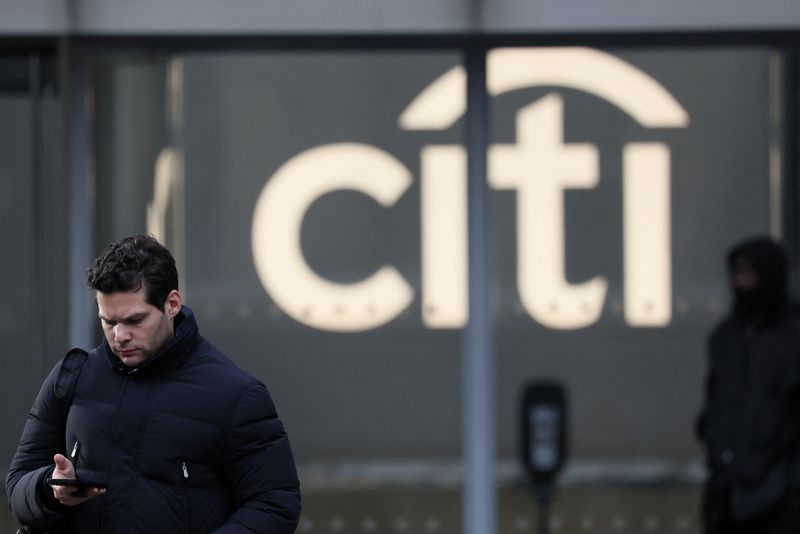



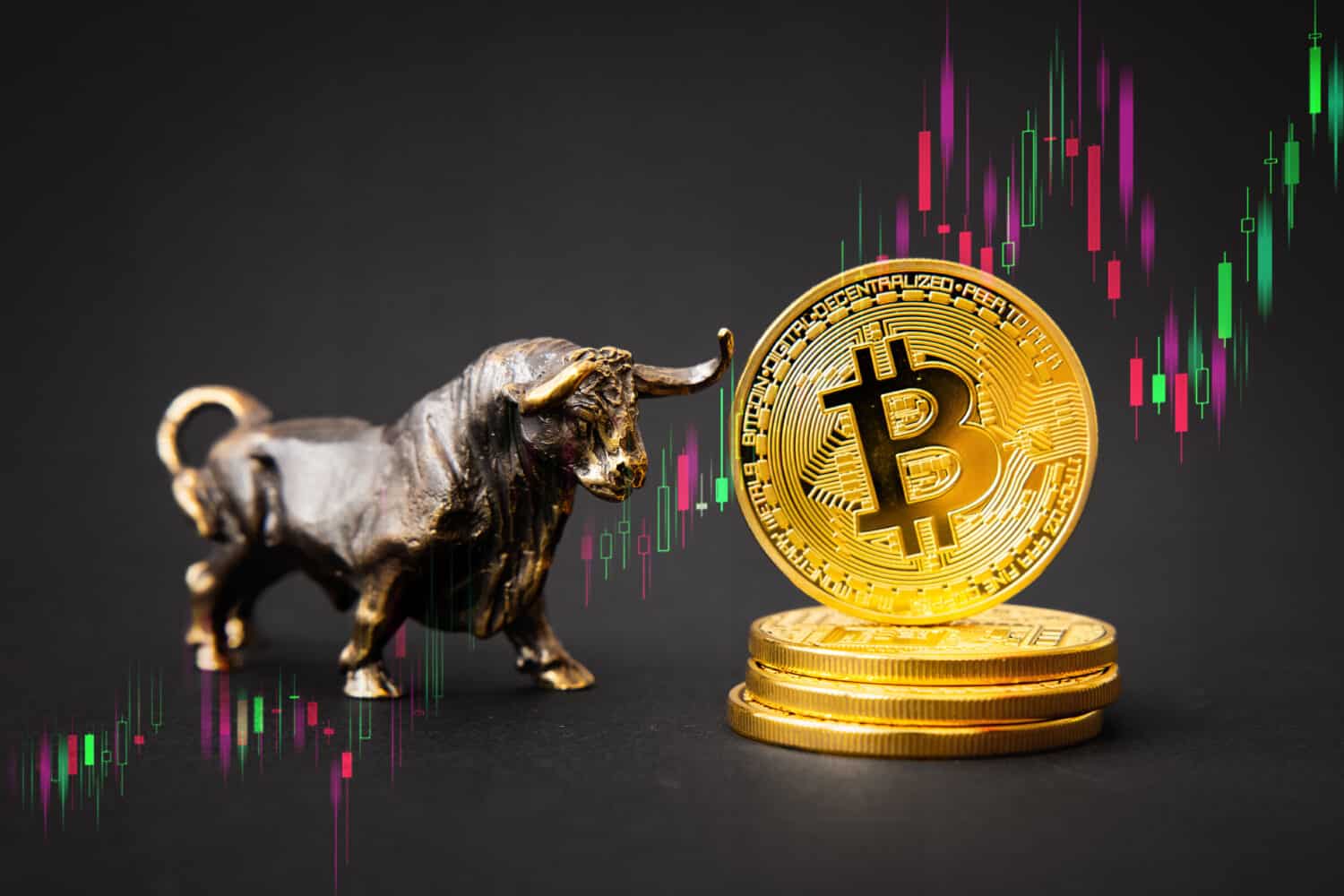



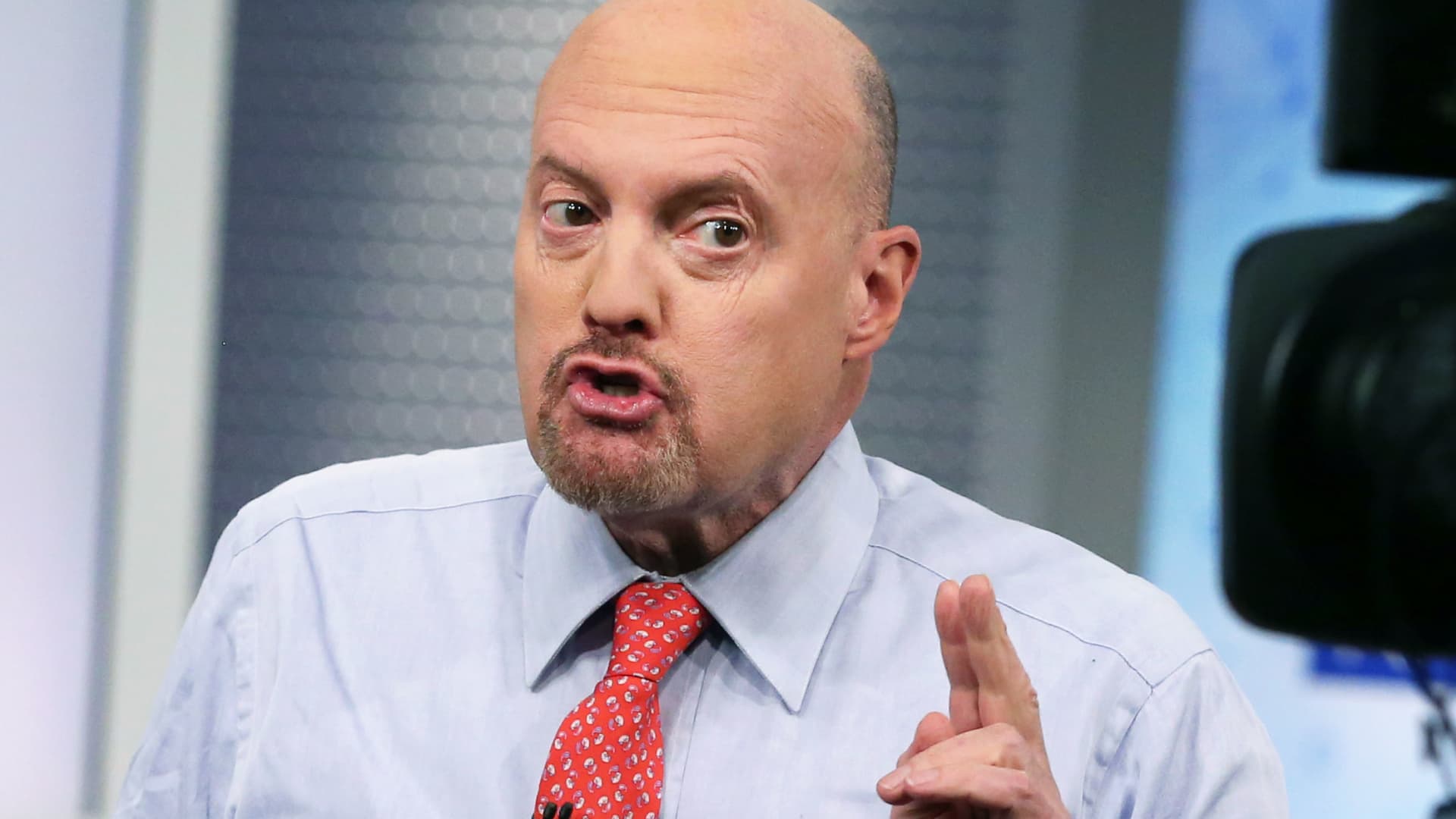








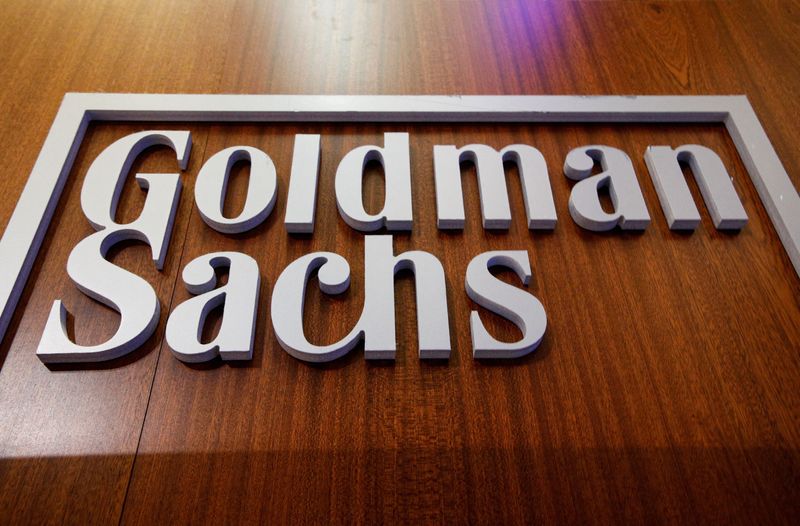











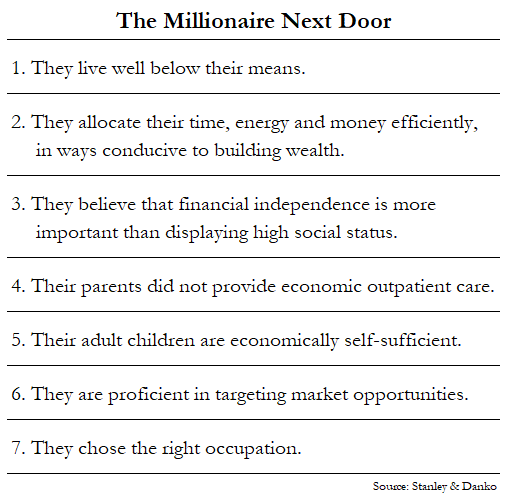
















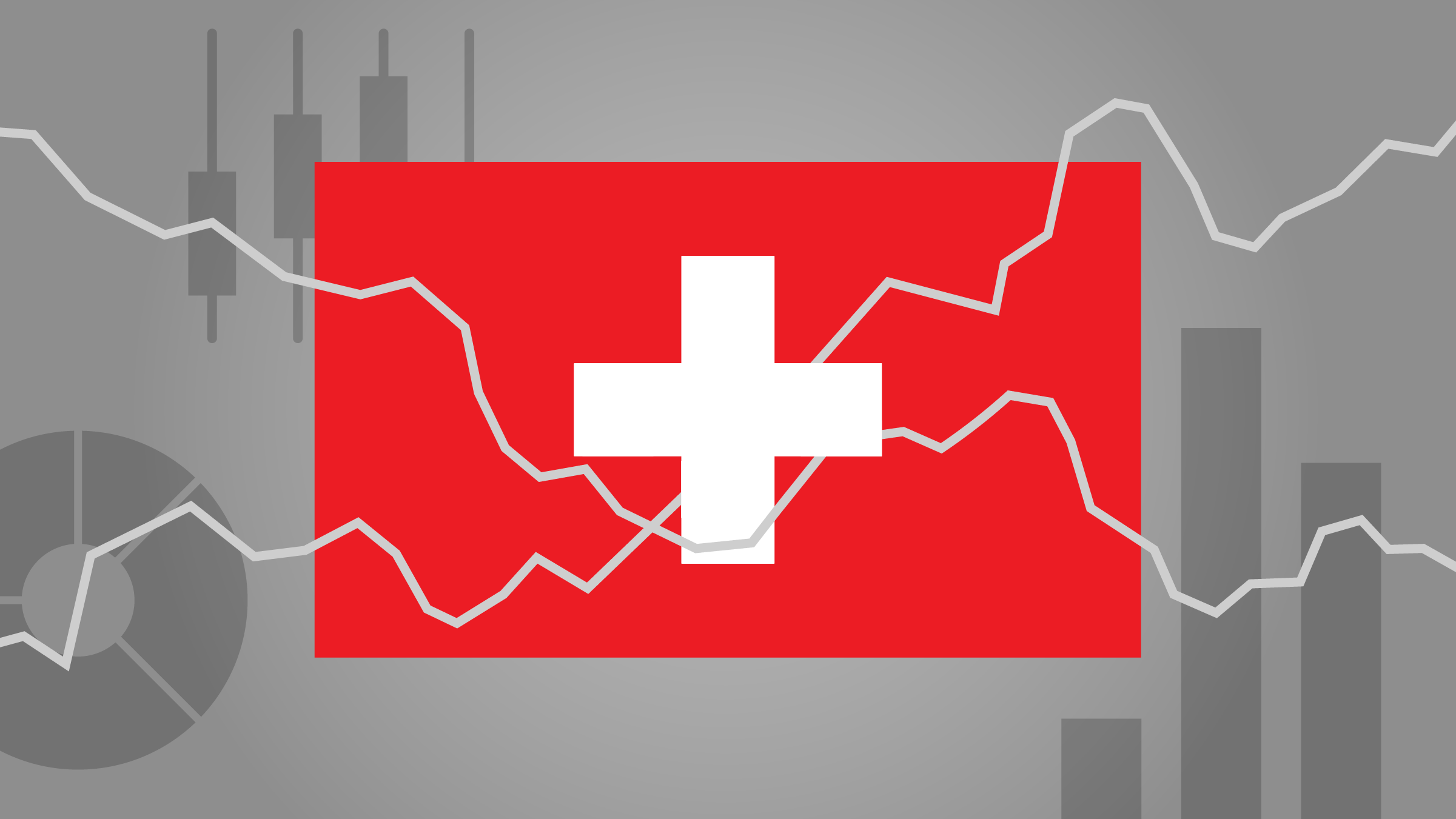
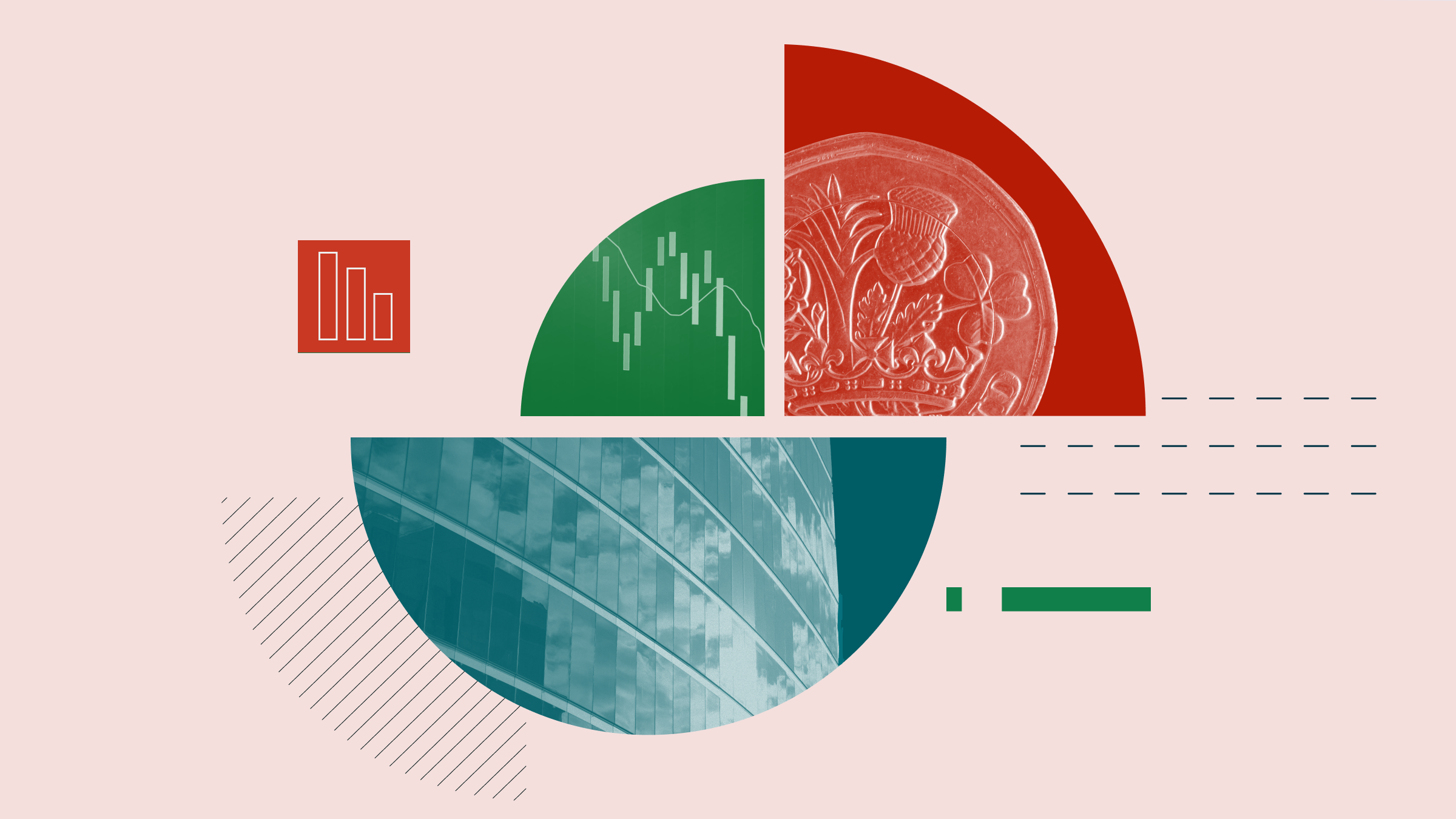






















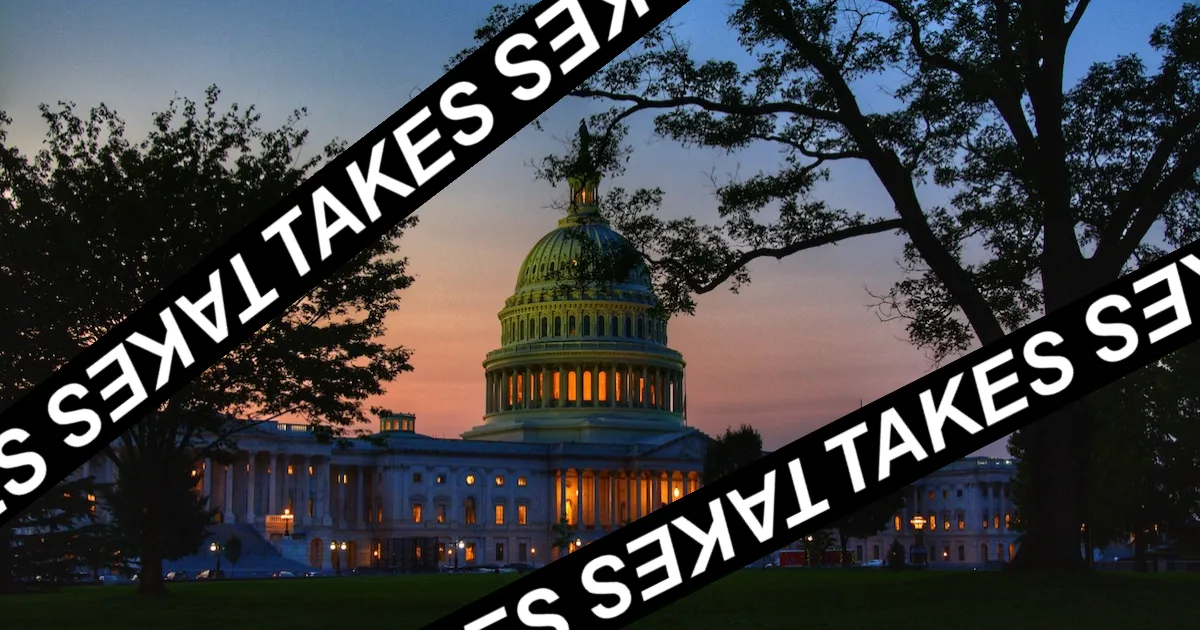




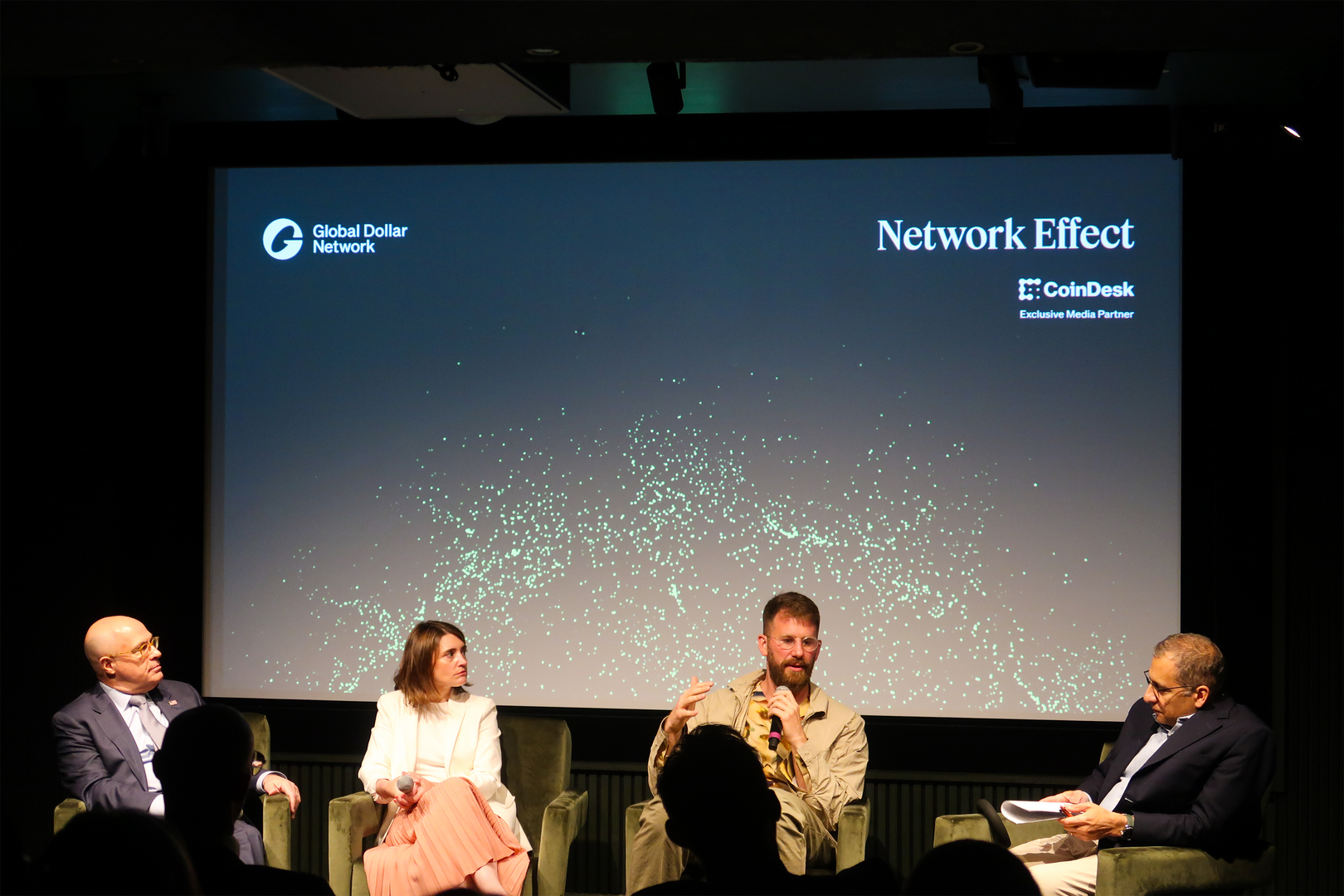
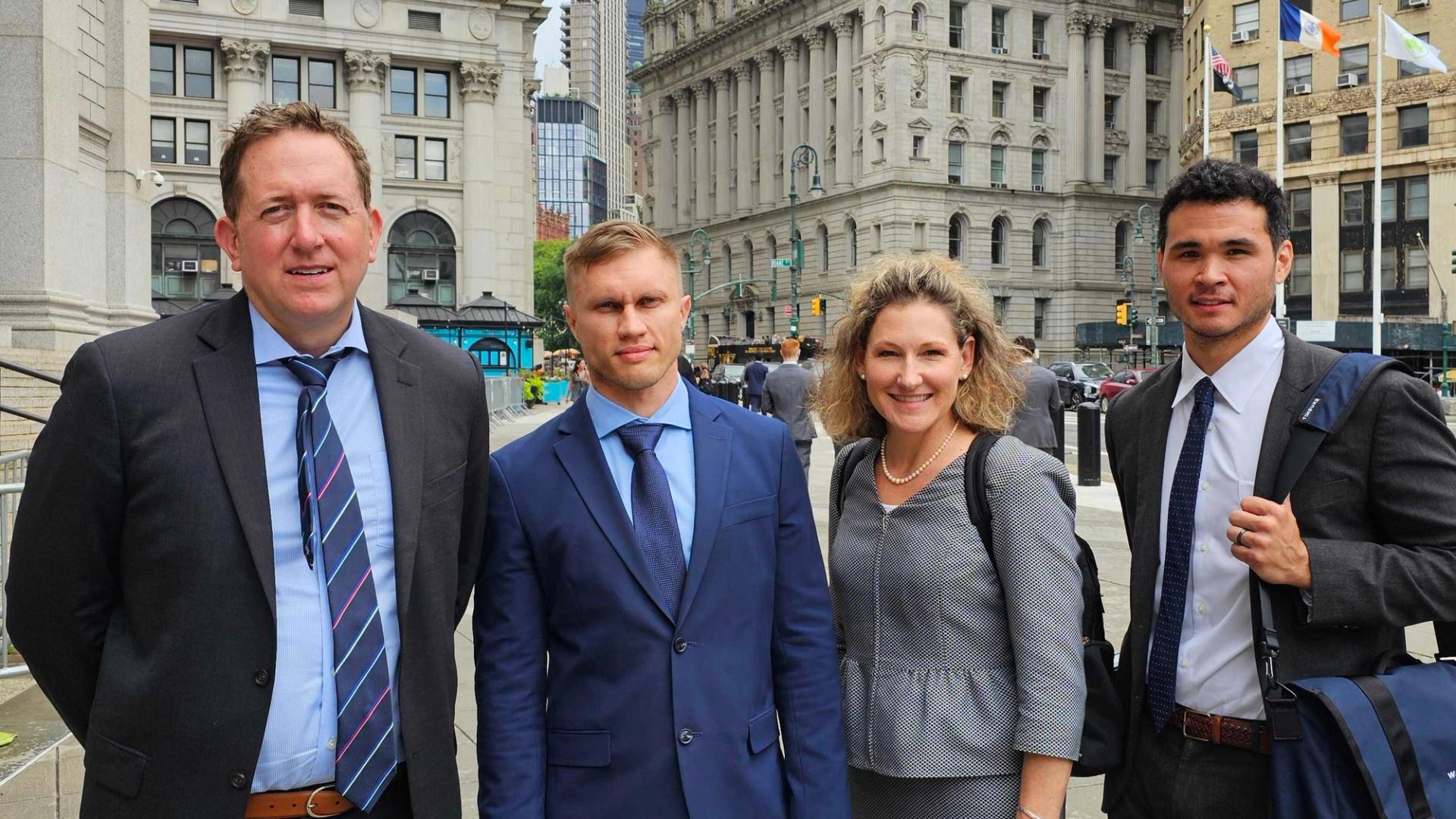

























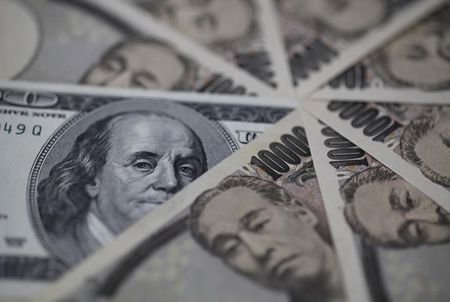







-logo-1200x675.png?v=20240417094222&w=240&h=240&zc=2)


